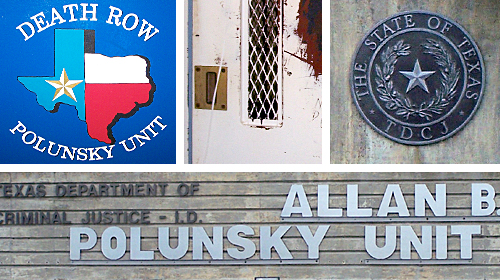
In Day 3 of the Velez hearing in Brownsville, Texas, I want to take a moment to explain the legal context ŌĆō the rule of constitutional law ŌĆō that will entitle Manuel Velez to relief if the judge, the Hon. Elia Cornejo Lopez, credits the facts presented.
The legal journey starts 50 years back with the U.S. Supreme CourtŌĆÖs landmark ruling in Gideon v. Wainwright. There, the court held that the Constitution entitles poor people facing possible imprisonment counsel appointed at the stateŌĆÖs expense. In later decisions, the court clarified that a poor personŌĆÖs right to appointed counsel is a right to counsel.
So how does an appellate court, after a conviction, test whether the prisoner had effective counsel? The law gives a two-step test. First, counselŌĆÖs alleged mistakes must be serious errors, not Monday-morning complaints that a different strategy would have worked better. Second, the prisoner has to show that the trial attorneyŌĆÖs mistakes or omissions made a difference in the trialŌĆÖs outcome ŌĆō in legal parlance, ŌĆ£a reasonable probability of a different outcome.ŌĆØ
A typical winning claim looks like this. Counsel failed to present readily available evidence of the prisonerŌĆÖs innocence. And, had that innocence evidence been shown at trial, it likely would have made a difference in the juryŌĆÖs decision.
The task in this hearing for ManuelŌĆÖs counsel, a dedicated team of lawyers from the firms and , has been to demonstrate counselŌĆÖs failures to show that the child victim had been injured long before Manuel had access to him. Much of the hearing evidence is medical evidence of the childŌĆÖs injuries that counsel failed to explore in the 2008 trial, which led to ManuelŌĆÖs capital murder conviction and death sentence.
One of the crucial building blocks is to show that ManuelŌĆÖs trial counsel had every reason to question the timing of the childŌĆÖs injuries, but failed to do so. Yesterday, ManuelŌĆÖs lawyers did just that with the presentation of deposition testimony of Dr. J. Keith Rose, who had met with ManuelŌĆÖs trial attorneys in advance of the 2008 trial. Well before trial, Rose had told trial counsel they needed a forensic pathologist to look at the case, to look closely at brain injuries that appeared based on records to be more than two weeks old, and to create a timeline of injuries based on all available medical records. Rose also testified to medical records (in the months before the childŌĆÖs death) showing a dramatic increase in the childŌĆÖs head circumference, a cardinal sign of head trauma. Rose testified that counsel in 2008, while asking advice on what to do, had not brought him these crucially important records.
The second building block is to show that, had appropriate experts been called, a timeline created, and all records gathered, the result of ManuelŌĆÖs 2008 trial would have been different. Many experts are testifying along these lines in this hearing. Today it was Dr. Ronald H. Uscinski, a renowned neurosurgeon whose academic work was cited in a recent . Uscinski showed the court the child victimŌĆÖs CAT scan and microscopic slides of his brain, both of which showed that the injuries ultimately resulting in his death happened months before Manuel was involved with the childŌĆÖs family.
Attorney Tami Goodlette ended her examination of Uscinski the same way the team ended with many of their experts: ŌĆ£Had Manuel VelezŌĆÖs attorneys called you and asked you to a render an opinion at his 2008 trial would you have told the jury what you testified to today?ŌĆØ The answer was yes.
The hearing continues Friday with testimony by several witnesses, including one of the attorneys who represented Manuel at his unjust 2008 trial.
Learn more about the death penalty: Sign up for breaking news alerts, , and .


